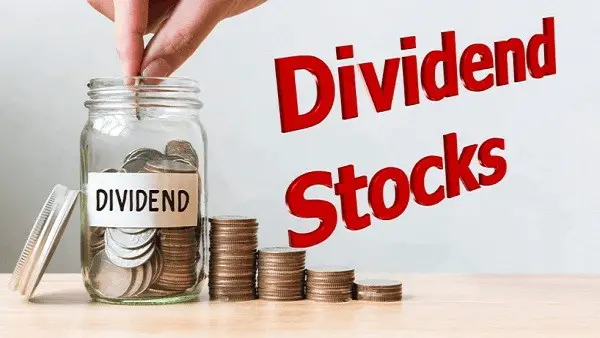In this article, we will learn a few crucial points from theory related to stocks.
Participating in preferred shares allows shareholders to earn additional dividends if the company performs well financially beyond a fixed dividend. This means that owners of participating shares can receive a portion of the company’s profits, making their earnings potential somewhat variable and tied to the company’s success.

In contrast, non-participating preferred shares provide shareholders with a stable, fixed dividend regardless of the company’s financial performance. Holders of non-participating shares will not receive more than the agreed-upon dividend, even in highly profitable years. This structure makes non-participating shares a more predictable income investment without participating shares’ upside potential.
Here’s a detailed comparison between participating and non-participating preferred stock using bullet points:
- Dividend Distribution:
- Participating Shares: If the company performs well financially, these shares may earn extra dividends, allowing shareholders to benefit from additional earnings.
- Non-Participating Shares: They offer a fixed dividend rate, which does not change regardless of how well the company performs financially.
- Profit Sharing:
- Participating Shares: Shareholders benefit from the company’s profits beyond the fixed dividends, receiving a share of excess profits.
- Non-Participating Shares: Do not allow shareholders to share additional profits; dividends are capped at a predetermined rate.
- Investor Preference:
- Participating Shares: Typically preferred by investors seeking higher profit potential and comfortable with a higher risk.
- Non-Participating Shares: Chosen by investors who prioritize stable, predictable returns and prefer lower-risk investments.
- Risk and Reward:
- Participating Shares: These shares involve higher risk as returns depend on company performance and offer higher potential rewards.
- Non-participating shares Offer more stability with lower risk since returns are predetermined and not tied to the company’s fluctuating profits.
- Cost to Company:
- Participating Shares: These can be costlier for the company in profitable years as it needs to distribute a larger portion of its profits as dividends.
- Non-Participating Shares: Less costly for the company since the dividend payments are fixed and predictable.
- Market Availability:
- Participating Shares are generally less common in the market. They are more complex and tailored for specific investor groups.
- Non-Participating Shares: These are more commonly available and widely used as a stable investment option.
- Investor Rights:
- Both share types generally offer similar rights regarding voting and ownership, but their dividend terms differ significantly.
























